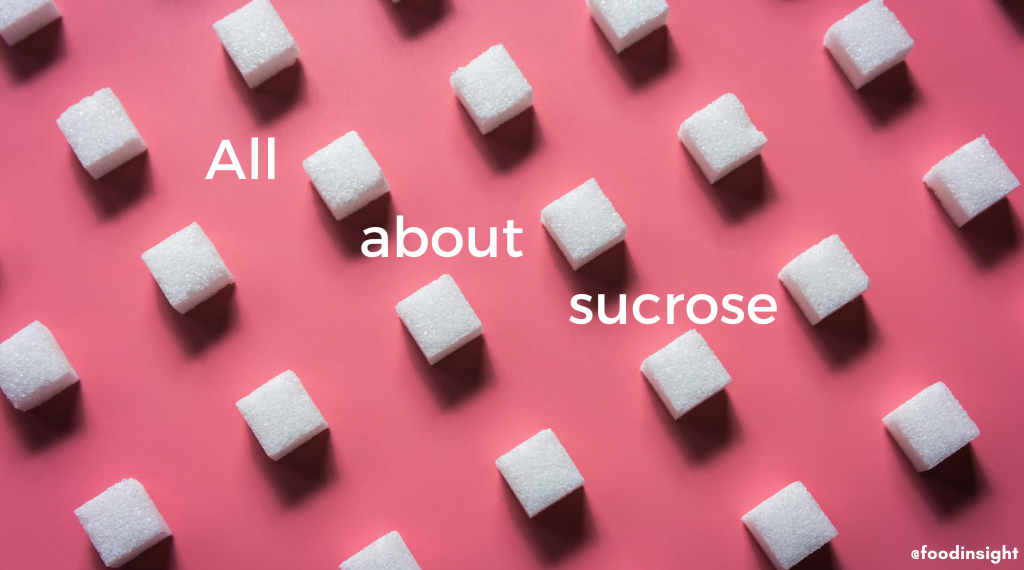There are many different types of sugars, the most common of which is sucrose, otherwise known as table sugar, granulated sugar or just plain “sugar.” If you use sugar to bake or sweeten coffee or tea, sucrose is probably the type of sugar you are using. Scientifically speaking, sucrose is a type of carbohydrate, a disaccharide made of equal parts of two monosaccharides: glucose and fructose.
Where does sucrose come from?
Sucrose is a naturally occurring sugar found in various amounts in plants like fruits, vegetables and nuts. Sucrose is also produced commercially from sugar cane and sugar beets. According to the U.S. Department of Agriculture, the top producing regions for sugar beets in the U.S. are western Minnesota, eastern North Dakota and Idaho. U.S. sugar cane is produced in southern Florida, the Mississippi Delta region of Louisiana and southern Texas.
Is sucrose a natural or added sugar?
Sucrose can be a natural sugar or added sugar depending on its source. It is considered a natural sugar when we consume it directly from whole plant foods. It is considered added sugar when we consume it from packaged foods and beverages to which sucrose has been added during manufacturing. Unfortunately, only about one in ten American adults eats the recommended amount of fruits or vegetables per day, while six in ten American adults eat more added sugars than is recommended.
How is sucrose digested?
When we consume sucrose, it is broken down into equal parts glucose and fructose. Glucose ultimately gets taken up by our cells with the help of insulin, while fructose is handled in the liver and does not need insulin to be absorbed. Regardless of its source, sucrose provides four calories per gram, and our bodies process it in similar ways.
This is not to say that all sources of sucrose are nutritionally equivalent—some sources provide more nutrients than others, which can affect how we metabolize sucrose. One such nutrient is fiber. While not always the case, fruits, vegetables and nuts tend to contain more grams of fiber per calorie than most packaged foods and beverages with added sugars. Fiber helps to slow the rate of stomach emptying and digestion while also reducing glucose absorption. Thus, meals that contain fiber generally do not impact our blood sugar as much as meals without fiber.
Why is sucrose added to foods and beverages?
Most people are aware that sugar is added to foods and beverages to provide sweetness, but many may not know that sugar is also used for other reasons. Sugar is a common ingredient in baked goods to provide structure and texture, in homemade jams and jellies to act as a preservative, and in other items to stabilize emulsions and add flavor. These attributes give many of our favorite foods the taste and mouthfeel we have come to expect.
To learn more about carbohydrates and sugars like sucrose, watch this video.
